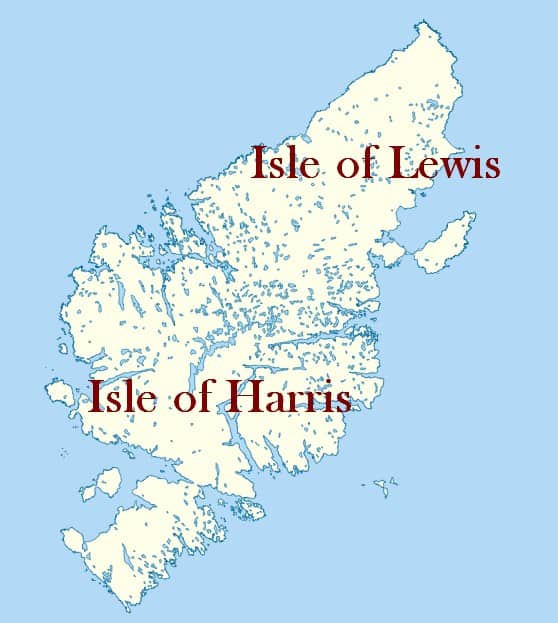
Book Your Stay at The Decca
Exploring the Unique Differences of Lewis and Harris on a Shared Island
Lewis and Harris are often referred to together as if they are a single island, but in reality, they are two distinct parts of one larger landmass. The division between Lewis and Harris is more a matter of historical and cultural distinction rather than a geographical separation. Here’s why they are considered separate entities:
- Geographical Division: Lewis and Harris are actually connected by a narrow isthmus, making them physically part of the same landmass. The isthmus is an area of relatively flat land that joins the two parts, and it is located near the village of Tarbert. Despite this physical connection, the different names reflect their historical and cultural differences.
- Historical and Cultural Differences: The division between Lewis and Harris stems from historical and cultural factors. The names “Lewis” and “Harris” were historically used to refer to the northern and southern parts of the island, respectively. Over time, these distinctions became more pronounced due to differences in clan affiliations, land ownership, and cultural practices.
- Administrative Regions: From a administrative perspective, Lewis and Harris are part of the same local authority, which is the Western Isles Council. This reflects their shared governance structure and the recognition that they are part of the same geographical entity.
- Language and Culture: The historical and cultural differences between Lewis and Harris are reflected in aspects such as dialects, clan histories, and traditions. These differences have led to a sense of local identity that persists to this day.
- Tourism and Marketing: While they are part of the same landmass, the distinction between Lewis and Harris is often maintained in tourism and marketing efforts. This is partly due to the fact that both names have gained recognition independently, and using both names highlights the diversity and attractions of both regions.
In summary, Lewis and Harris are separate in name due to historical, cultural, and administrative distinctions. However, they are physically connected and form part of the same island within the Outer Hebrides of Scotland.